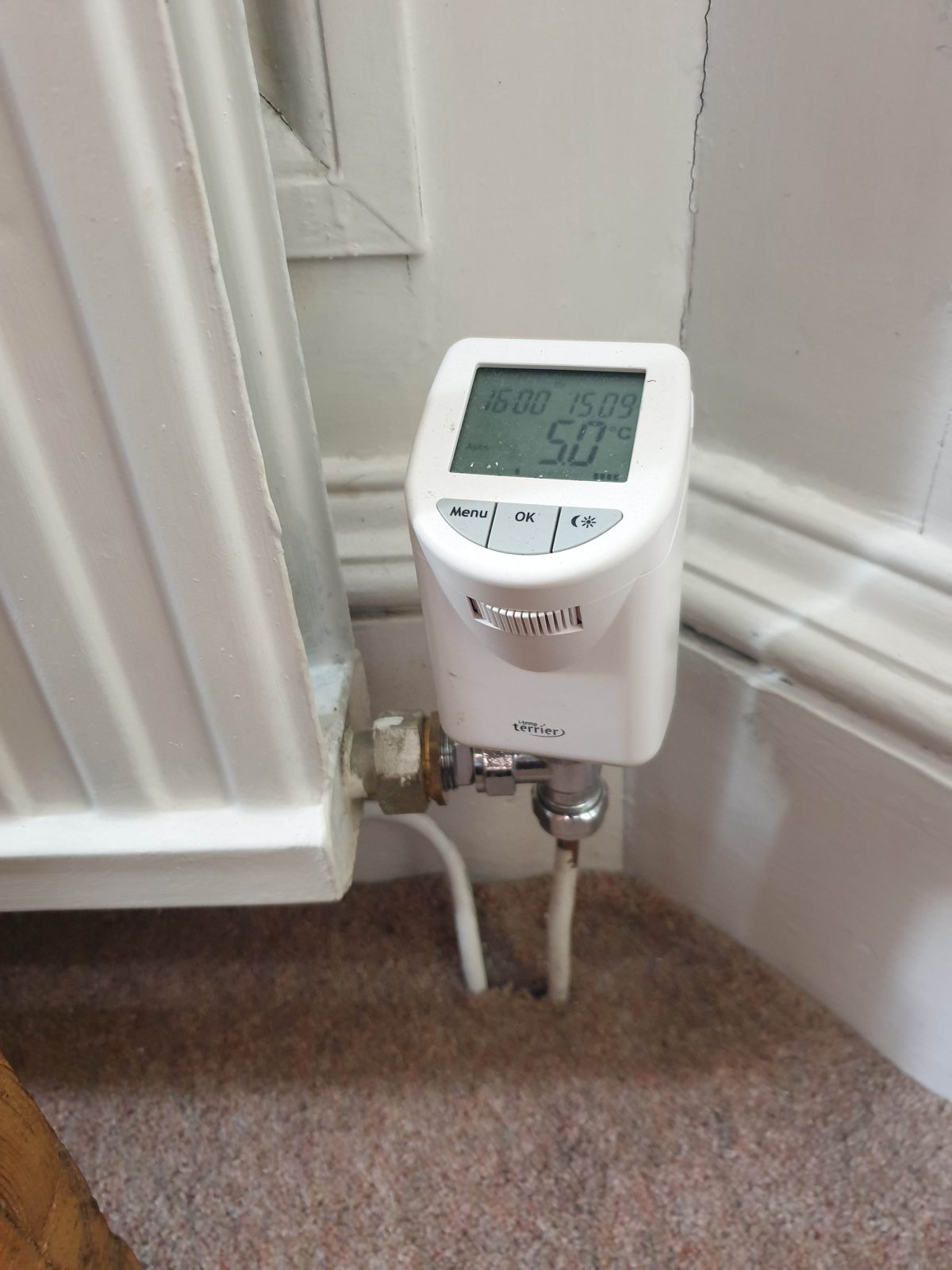Thermostatic radiator valves cause all kinds of issues in community buildings – users disagree about the settings, wrench them on and off, and then they break. It doesn’t help that most people think that they higher they are set, the faster the space will heat up. That’s not true. They just either let the hot water from the boiler into the radiator or not, depending on what the thermostat in the TRV says. Since high is 26C, turning it up to high just makes the system overshoot and waste energy until something thinks to turn them down again.
Despite this, many community buildings have TRVs. Part of session 3 looks at what can be done to improve the situation. Some of these are cheap interim fixes, like installing cheap pins that keep users from turning the dial outside set limits Some are more expensive – but still nothing like a complete system refit – that involve getting controls that only let users do things that are useful for them, don’t affect future building users, and not too wasteful.
The fix we’re thinking about today is mid-price and involves changing the TRVs for ones that are programmable. Today’s fix is mid-way between these two. There are cheap ones for around £15 that let the building manager programme in 6 temperature changes in a day, enough for at least 3 events that might take different temperatures. This one has a child lock which is likely to stop most attempts to alter its setting. They run off 2 AA batteries for around 2 years and have other features such as occasionally moving the valve during the summer months to stop it sticking and failing to open when winter arrives.
There’s a definite up-side to using them – stopping the TRV wars – and downsides too. The facade is tiny and a pain to set, and doesn’t guarantee others won’t fiddle with it as the lock isn’t that hard to find and overcome. This approach is only suitable for venues with very regular diaries. It doesn’t give users any control – but it only takes a little experience to find out that users will always find some way of making themselves comfortable, even if it means bringing in space heaters or leaving emergency exits open. It might still be a good temporary solution for some spaces.
